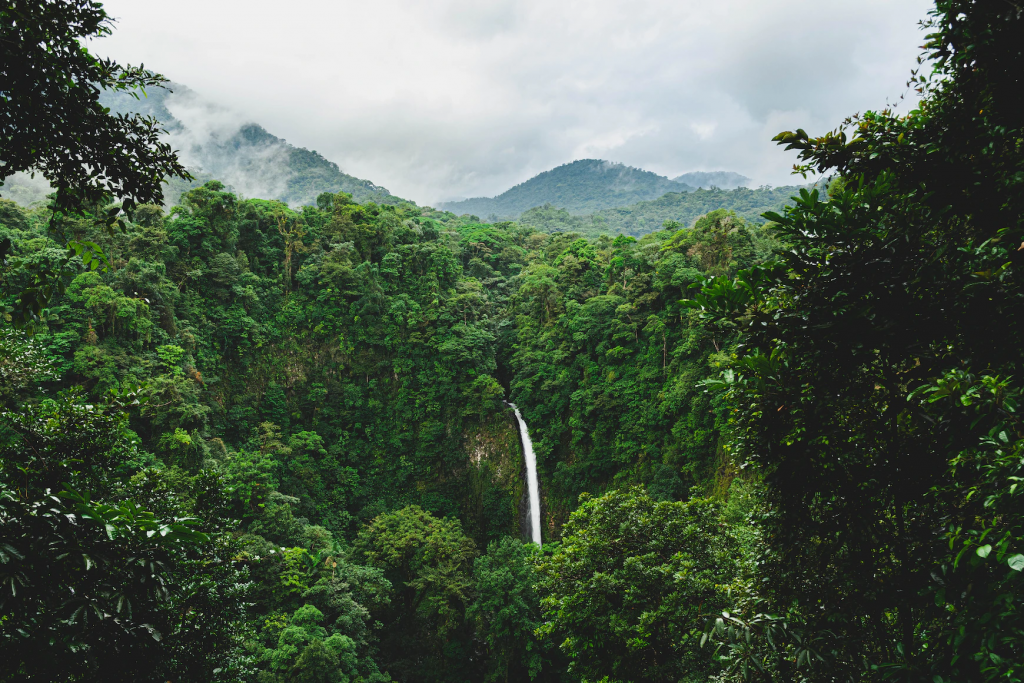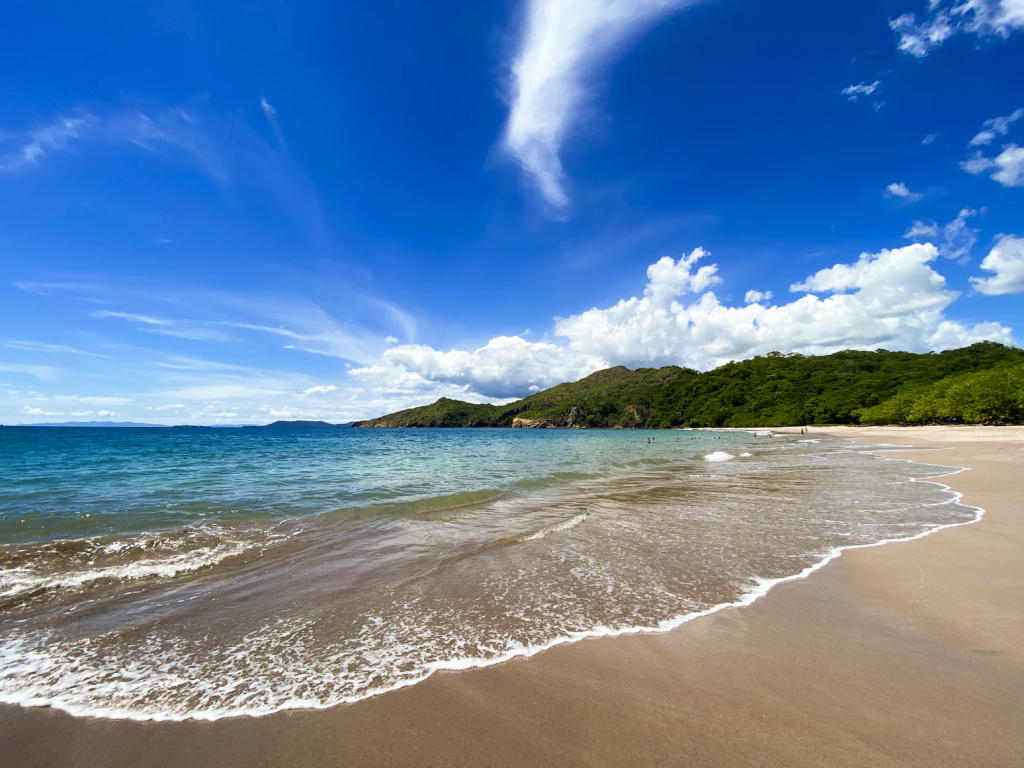Costa Rica es un país pequeño, pero rico por su gente, por su nivel de educación, por su capacidad de aprendizaje y por su especialización. Su riqueza natural consiste en su fauna, sus ríos, sus playas en ambos océanos (el Atlántico y el Pacíco), su tierra y su clima diverso los doce meses del año. No existen preocupaciones políticas ni sociales que mantengan inestable al país.

En Costa Rica no hay un ejército. El ejército de Costa Rica lo constituyen sus maestros y su gran masa trabajadora, desde un obrero hasta un biotecnólogo, todos conviviendo en paz. El pueblo costarricense se caracteriza por su legendaria cordialidad y su naturaleza amistosa. La gran mayoría de la población desciende de los colonizadores españoles y europeos.
El idioma oficial es el español, no obstante, un porcentaje creciente de la población habla el inglés. Existe una división política, el territorio del país está dividido administrativamente en siete provincias: San José, la capital; Alajuela, Cartago, Heredia, Guanacaste, Puntarenas y Limón.

Costa Rica tiene una extensión de 51.100 km2. Limita al Norte con Nicaragua, al Sur con Panamá, al Este y al Oeste con los océanos Atlántico y Pacíco, respectivamente. Su costa Atlántica mide 255 kms, mientras que el litoral Pacíco se extiende 1.103 kms. Ambas costas gozan de una abundancia de playas de primera clase y con una vegetación exuberante.

Costa Rica is a small country, but rich for its people, for its level of education, for its learning capacity and for its specialization. Its natural wealth consists of its fauna, its rivers, its beaches in both oceans (the Atlantic and the Pacific), its land and its diverse climate twelve months of the year. There are no political or social concerns that keep the country unstable.

In Costa Rica there is no army. The Costa Rican army is made up of its teachers and its great working mass, from a worker to a biotechnologist, all living together in peace. The Costa Rican people are characterized by their legendary warmth and friendly nature. The vast majority of the population descends from Spanish and European settlers.
The official language is Spanish, however, a growing percentage of the population speaks English. There is a political division, the territory of the country is administratively divided into seven provinces: San José, the capital; Alajuela, Cartago, Heredia, Guanacaste, Puntarenas and Limón.

Costa Rica has an extension of 51,100 km2. It limits to the north with Nicaragua, to the south with Panama, and to the east and west with the Atlantic and Pacific oceans, respectively. Its Atlantic coast measures 255 km, while the Pacific coast extends 1,103 km. Both coasts boast an abundance of first-class beaches and lush vegetation.





